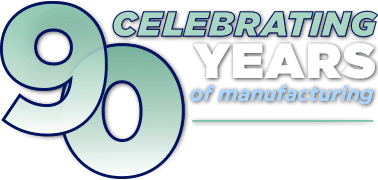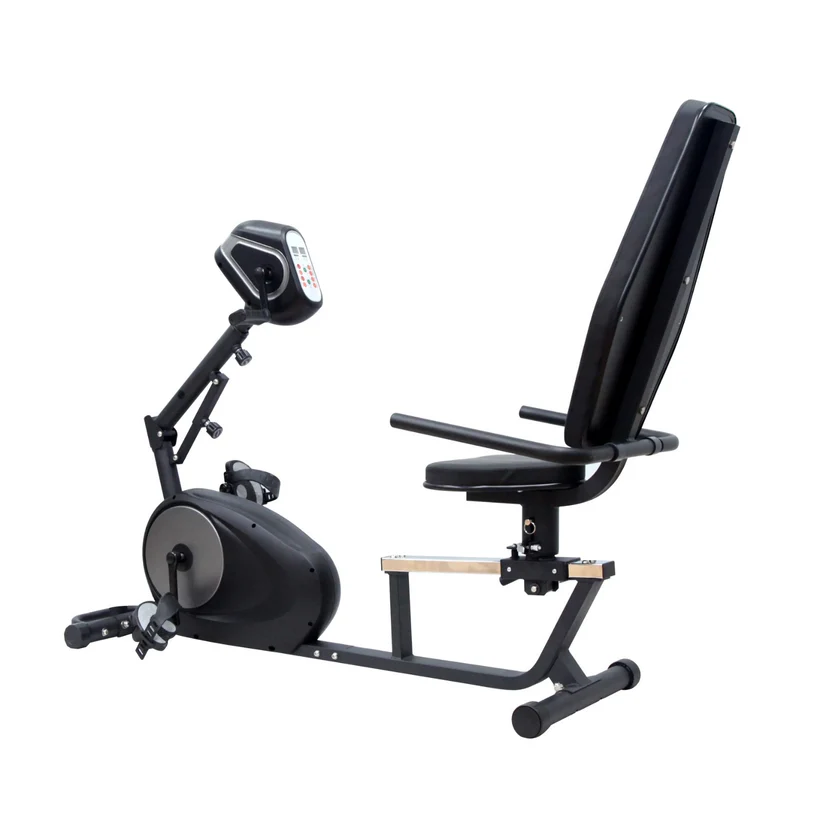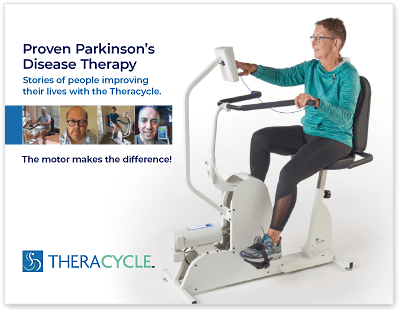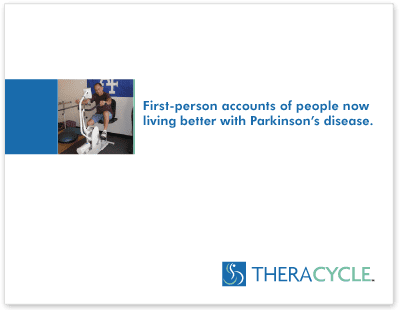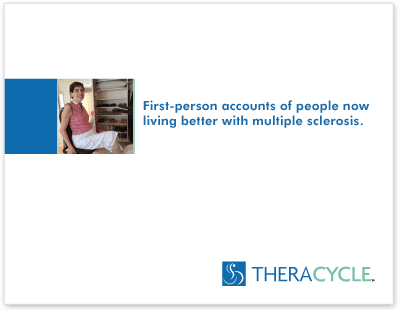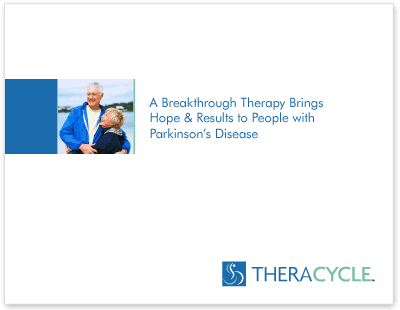- ›
- Conditions
- ›
- Theracycle & Stroke
Stroke Patients & Benefits of Exercise: Using Motor-Assisted Bike Therapy
Paul Chadbourne, a stroke survivor, and his wife, Michelle, talk about Paul’s recovery by regularly using a Theracycle during the Pandemic. “That bike has just been a godsend.”
Medical Research Findings Between Forced Exercise and Improved Health Outcomes Poststroke
Recent and ongoing medical research is exploring the exciting connections between forced exercise and improved health outcomes poststroke. A case report published in the American Journal of Occupational Therapy found that 45-minute forced exercise sessions utilizing a motorized exercise bike followed by repetitive task practice (RTP) was sufficient to produce “clinically meaningful results.”i
A subsequent and expanded study by many of the same researchers found more conclusively that stroke patients can safely complete intensive aerobic exercise, and that forced aerobic exercise may be optimal in facilitating motor recovery.ii
Other studies have found positive outcomes for assisted cycling training on the balance and motor abilities of stroke patients,iii and that forced exercise in the form of cycling with a target cadence of 80 revolutions per minute was sufficient to lead to significantly improved outcomes in terms of patients’ mobility.iv
Similarly, a recent study found significant and positive effects on balance and gait for chronic stroke patients engaged in stationary cycling exercise.v This study demonstrated the positive effect of exercise on the gait and balance of stroke patients using multiple methods, including:
- Berg Balance Scale
- Timed Up-and-go Test
- 10-meter Walking Test
Not only was the positive effect greater for the research group than for the control group, those benefits were still measurable and significant well beyond the completion of the study, with follow-up assessments conducted months after the study’s conclusion showing retained and continued improvement in balance and mobility.
These findings align well with a systematic review of the effects of cycling on motor function post-stroke, published in the World Stroke Organization’s International Journal of Stroke. Although the authors of the review opted not to undertake a meta-analysis of existing research at the time of their publication due to lack of standardization in measurement and methodology, they do find proof-of-concept for pedaling interventions as an effective method of treatment in helping stroke patients recover motor function.vi
Doctors, physical therapists, and researchers continue to discover the benefits of regular stroke exercise for your stroke rehabilitation. Our stroke customers love their Theracycle for its proven efficacy in reducing stroke symptoms and improving overall quality of life.
Theracycle is the Best Recumbent Exercise Bike Poststroke
Theracycle is a life-changing bike therapy for stroke patients. Unlike traditional exercise equipment, Theracycle’s unique motor-assisted technology provides proven and effective bike therapy for those who have suffered a stroke. Get back to doing what you love faster with a Theracycle motor-assisted exercise bike for stroke victims.
Recovering from a life-altering event like a stroke takes dedication and drive. A regular at-home regimen of stroke rehabilitation exercises using the Theracycle exercise bike can help stroke sufferers make significant strides in the stroke rehabilitation process.
The Theracycle is designed for those suffering from mobility and neurological conditions, with variable 15-speed motorized assistance, a full body workout, and an ergonomically designed, comfortable and secure seating with effortless mount/dismount. The durable construction of our bike for stroke patients provides a stable base for a more secure and supportive experience, while a whisper-quiet, ½-horse-power motor assists your movement as you ease through your daily workout with increased mobility, energy, and renewed confidence.
The Theracycle exercise bike for stroke patients helps you to perform high-repetition exercises combined with increased heart rate, which can help stimulate neuroplasticity in the brain, according to research and studies. Neuroplasticity, or brain plasticity, is the mechanism your brain uses to rewire and heal itself. Research supports that stimulating neuroplasticity can allow your brain to recover lost motor skills by developing new neural pathways. By performing high repetition exercises with a Theracycle, this can help stimulate neuroplasticity and improve your mobility.
Benefits of the Theracycle Exercise Bicycle for Stroke Patients Include:
- Improved balance
- Increased mobility
- Reduced stiffness
- Reduced fatigue
- Increased energy
- Increased leg strength
- Increased flexibility
- Improved overall health
Learn More About Using a Theracycle Exercise Bike for Stroke Victims »
Customer Testimonials
I had a stroke 9 years ago. It caused paralysis in my left side, which also resulted in my being completely sedentary. I belong to a health club but none of the equipment was usable with my mobility issues.
The Theracycle has absolutely changed my life. The way it is designed with the area between the handlebars and the seat makes it is effortless to get on or off. Since the effort of the motorized pedals is adjustable, I can set the effort level to be as hard or soft as I feel up to as well as the amount of time I choose to have a bicycling session. I easily got into the schedule of doing 30 minutes a day beginning right after breakfast. The aerobic effort has made me feel so much better. And the added benefit of the serotonin rush produced has relieved the depression with which I have suffered since the stroke. An added benefit has been my ability to lose weight. It is practically impossible to get the benefits of a weight loss regimen without doing regular exercise. The Theracycle has made that possible with astounding results. I lost 20 pounds the first 6 months I owned the machine. I am grateful that it was invented by someone who definitely understands the limitations of a disabled person like me.”Susan Slavet
Wellesley, MA
I suffered a hemorrhagic stroke on December 31, 2016. I was bedridden for two months but have now recovered relatively well. However, I do still have some problems with ambulation, balance, and flexibility. I ordered a Theracycle to help with my recovery, and it’s been a Godsend. It helps with movement, it helps with motivation, and it’s fun. This was definitely money well spent, and I give my heartfelt thanks to Theracycle for a great product!”Chris Aubert
Read more testimonials from Theracycle users who have had Strokes »
Commit to improving your quality of life today!
Call us: (855) 539-1-833-4TCYCLE3706
Additional Information on Stroke
Types of Strokes | Stroke Signs & Symptoms | Stroke Risk Factors | Benefits of Exercise for Stroke | FAQs

